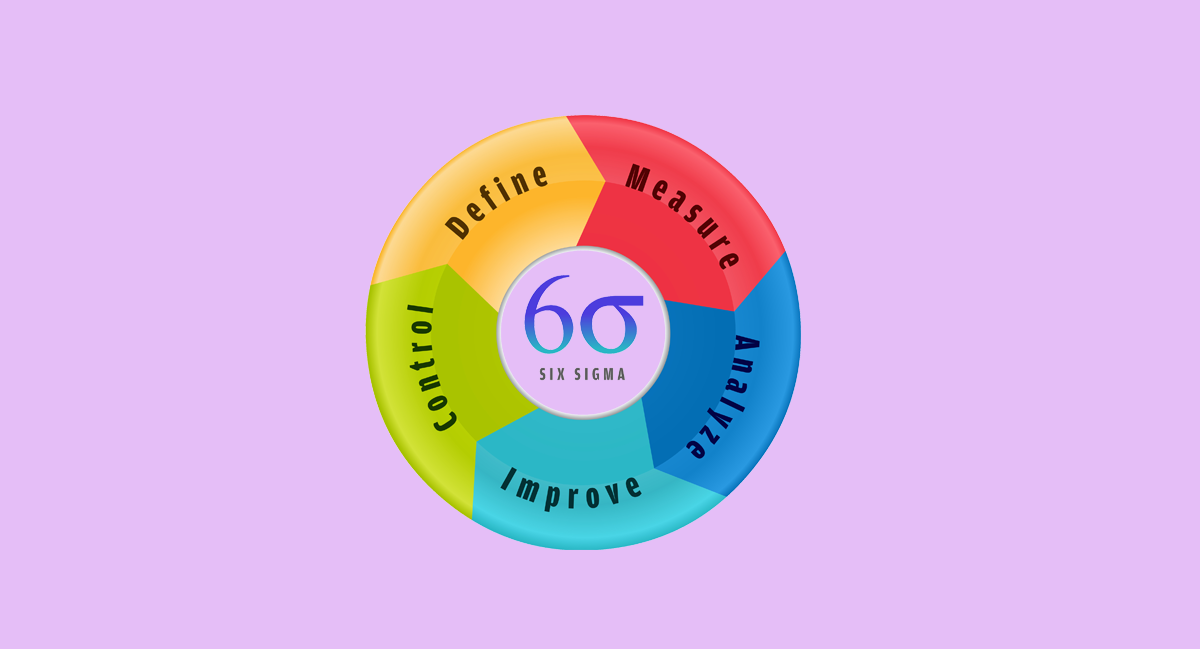Imagine a world where businesses operate like perfectly tuned orchestras, each department playing its part in flawless harmony. This symphony of efficiency is precisely what Six Sigma strives to achieve, and the DMAIC process serves as its musical score.
DMAIC, an acronym for Define, Measure, Analyze, Improve, and Control, is the roadmap that guides Six Sigma projects towards quality nirvana. It’s a cyclical process, mirroring the iterative nature of scientific discovery, where each step builds upon the previous one. Let’s delve into the movements of this quality improvement concerto.
Define: Setting the Stage for Transformation
The first movement is akin to the conductor setting the stage for the performance. We define the problem we’re tackling – is it a discordant note in customer satisfaction, a screeching inefficiency in production, or a repetitive error in a core business process? Here, the focus is on clarity. We identify the specific “symphony” under scrutiny, the stakeholders impacted (both internal and external), and the desired outcome. This initial tuning ensures everyone is playing the right notes, working in unison towards a harmonious resolution.
Measure: Tuning the Instruments
Just as an orchestra wouldn’t begin without properly tuned instruments, Six Sigma wouldn’t proceed without gathering data. This is the data collection movement, where we meticulously measure the current performance of the process. Imagine meticulously testing the pitch of each violin, the resonance of the cello. We might collect data on defect rates, cycle times, customer satisfaction scores, or any other relevant metric. The key is to gather objective data that paints a clear picture of the current state – a crucial reference point for our quality improvement symphony.
Analyze: Identifying the Dissonance
With data in hand, we embark on a detective mission, the analytical movement. We use a variety of tools to identify the root cause of the problem. This is akin to the conductor diagnosing a jarring note – is it a faulty string, an imprecise bowstroke, or a musician who hasn’t quite mastered the technique? Six Sigma employs tools like cause-and-effect diagrams (think elaborate fishbone diagrams) and statistical analysis to pinpoint the culprit. By focusing on root causes, we ensure our solutions are targeted and sustainable, addressing the core issue, not just the superficial noise.
Improve: Composing a New Melody
Now comes the most dynamic movement – innovation! Armed with insights from the analysis stage, we brainstorm and implement solutions. This could involve process redesign, implementing new technology, or even revamping employee training programs. The key is to be creative and data-driven. We can pilot test different solutions on a small scale to see what works best before implementing them across the board. This stage is where the maestro flourishes, where we transform the process, composing a smoother, more efficient melody for our quality symphony.
Control: Maintaining the Harmony
The final movement ensures the newfound harmony is sustained. Just as an orchestra conductor wouldn’t let the musicians go home after a single performance, Six Sigma emphasizes control. We establish mechanisms to monitor the improved process and ensure the gains are preserved. This might involve creating control charts, documenting new procedures, and assigning ownership for ongoing monitoring. Control ensures we don’t revert to the old, discordant ways, but rather, continuously strive for even greater levels of quality, refining the performance with each iteration.
The Enduring Symphony of DMAIC
The beauty of DMAIC lies in its cyclical nature. Once we’ve completed one quality improvement concerto, we can revisit the process. We can define a new area for improvement, measure its performance, analyze the root causes, and implement further improvements. This continuous loop fosters a culture of innovation and problem-solving within an organization, ensuring the symphony of quality never goes out of tune.
In conclusion, the DMAIC process serves as Six Sigma’s guiding light, leading organizations on a transformative journey towards achieving quality nirvana. By providing a structured approach, data-driven insights, and a relentless pursuit of improvement, DMAIC empowers businesses to compose a symphony of excellence, ensuring every department plays its part in achieving long-term success.



Hey I am so happy I found youjr site, I really foud yoou by mistake, while Iwas searching on Aol for something else, Anyways
I am here now and wold just like too say thank you for a tremendous post and a all round enjoyable blog (I also love the
theme/design), I don’t have time to read through it all at the moment but I have book-marked iit
and also included your RSS feeds, so when I have time I will
be back to read more, Please do keep up the greqt work.
thank you